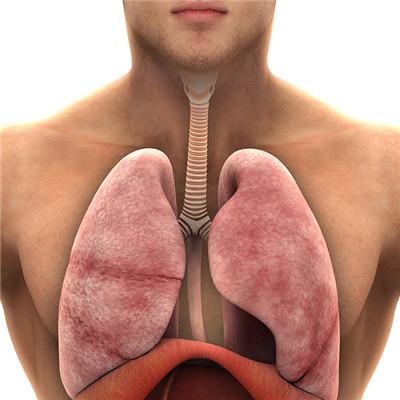How to treat orbital fibrous dysplasia?
summary
Fibrous dysplasia is a kind of congenital benign fibrous tissue disease with unknown etiology and slow progress. It is a disease in which normal bone tissue is gradually replaced by proliferative fibrous tissue. Let's share my experience with you.
How to treat orbital fibrous dysplasia?
The principle is surgical treatment. Because the disease is a benign disease with slow clinical progress, the operation can be postponed for patients with small lesions and asymptomatic. However, regular imaging examination and observation of pupil, optic disc, visual field and color vision should be carried out for early detection of optic nerve compression.

Optic nerve compression, rapid progression and severe appearance defects should be considered as indications for surgery. The basic principle of operation is to remove the lesion as completely as possible, while maintaining the physiological function and cosmetic effect of the organ to the maximum extent.

According to the different location, there are four basic surgical methods: ① Caldwell Luc approach. ② Weher Ferguson approach. ③ Combined craniofacial approach. ④ Fish approach. There may be more bleeding during the operation, especially in children. Timely hemostasis with bone wax and intraoperative cryotherapy with liquid nitrogen are reported to have hemostatic effect and prevent recurrence. It is generally believed that drugs and radiotherapy are ineffective. In addition, some people believe that radiotherapy can lead to malignant transformation.

matters needing attention
1. Which foods to eat for orbital fibrous dysplasia is good for the body: light, eat more fruits and vegetables, reasonable diet, pay attention to adequate nutrition. 2. Orbital bone fibrous dysplasia best not to eat which food: avoid tobacco and alcohol, avoid spicy. Avoid greasy, avoid alcohol and tobacco. Avoid cold and raw food.

















